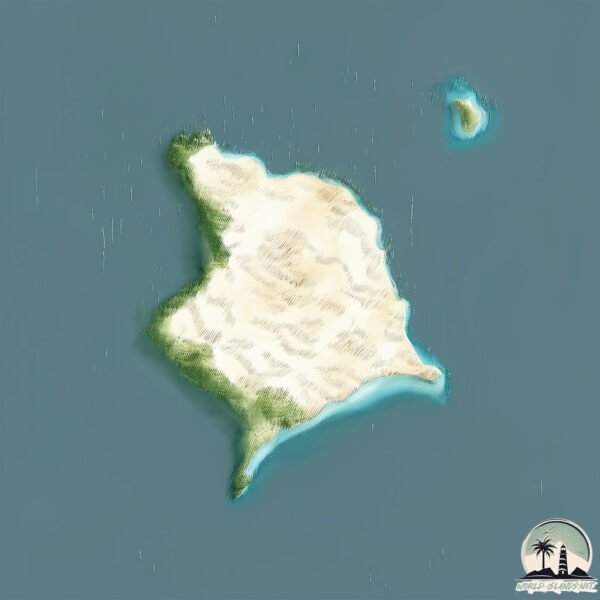Welcome to San Luis , a Dry island in the Gulf of California, part of the majestic Pacific Ocean. This guide offers a comprehensive overview of what makes San Luis unique – from its geography and climate to its population, infrastructure, and beyond. Dive into the details:
Geography and size of San Luis
Size: 5.97 km²Coastline: 14.8 kmOcean: Pacific OceanSea: Gulf of CaliforniaContinent: North America
San Luis is a Small Island spanning 6 km² with a coastline of 14.8 km.
Archipel: –
Tectonic Plate: Pacific – The world’s largest tectonic plate, covering much of the Pacific Ocean, known for the Pacific Ring of Fire with extensive seismic and volcanic activity.
The geographic heart of the island is pinpointed at these coordinates:
Climate and weather of San Luis
Climate Zone: DryClimate Details: Hot Deserts ClimateTemperature: Hot
Climate Characteristics: Dominated by extremely hot temperatures, this climate is marked by minimal rainfall and barren landscapes. Nights often experience drastic temperature drops.
Topography and nature of San Luis
Timezone: UTC-08:00Timezone places: America/Los_AngelesMax. Elevation: 111 m Mean Elevation: 56 mVegetation: Sparse VegetationTree Coverage: 56%
The mean elevation is 56 m. The highest elevation on the island reaches approximately 111 meters above sea level. The island is characterized by Plains: Flat, low-lying lands characterized by a maximum elevation of up to 200 meters. On islands, plains are typically coastal lowlands or central flat areas.
Dominating Vegetation: Sparse Vegetation
Vegetation: 7 vegetation zones – Very Highly Diverse Island
Infrastructure and Travelling to San Luis
Does the island have a public airport? no .
Does the island have a major port? no .
The mean population of San Luis is 0 per km². San Luis is Uninhabited. The island belongs to Mexico .
Continuing your journey, Angel de la Guarda is the next notable island, situated merely km away.
Coast Guard, Galveston Island Beach Patrol discuss the dangers of San Luis Pass
Coast Guard Chief Kevin Newman and Chief Peter Davis of the Galveston Island Beach Patrol discuss the safety concerns ...
Coast Guard, Galveston Island Beach Patrol discuss the dangers of San Luis Pass
Coast Guard Chief Kevin Newman and Chief Peter Davis of the Galveston ...
Coast Guard Chief Kevin Newman and Chief Peter Davis of the Galveston Island Beach Patrol discuss the safety concerns ...
Kelly Hamby Nature Trail - San Luis Island Texas
Kelly Hamby Nature Trail to a beach on the San Luis Island in Texas. ...
Kelly Hamby Nature Trail to a beach on the San Luis Island in Texas. #Texas #GulfOfMexico #SanLuisIsland.
Galveston Islands San Luis Pass Drone Footage- DJI Mavic Mini
I love to fish, crab, and explore San Luis Pass in Galveston Texas. ...
I love to fish, crab, and explore San Luis Pass in Galveston Texas. This pass is full of crabs, fish (Red drum, black drum), and is a ...
Mexico is classified as Emerging region: MIKT: Mexico, Indonesia, South Korea, and Turkey – Economies recognized for their development potential and emerging market status. The level of income is Upper middle income.
News – Latest Updates and Headlines from San Luis
Stay informed with the most recent news and important headlines from San Luis. Here’s a roundup of the latest developments.
Loading...
Please note: The data used here has been primarily extracted from satellite readings. Deviations from exact values may occur, particularly regarding the height of elevations and population density. Land area and coastline measurements refer to average values at mean high tide.

